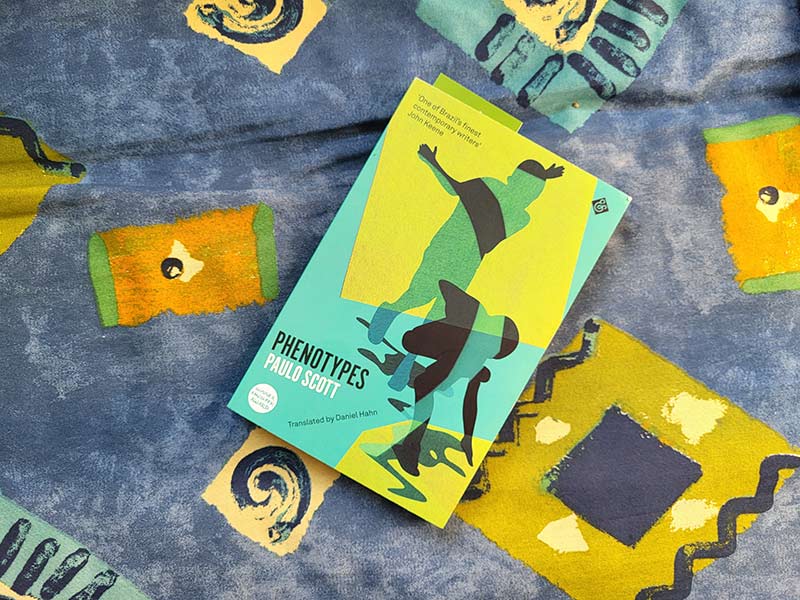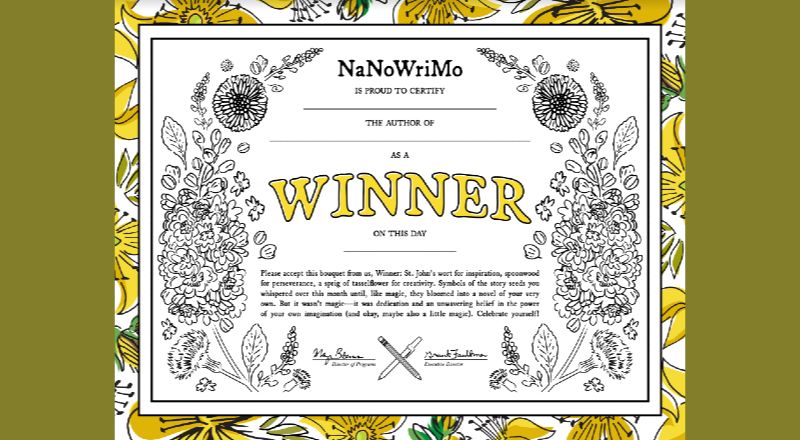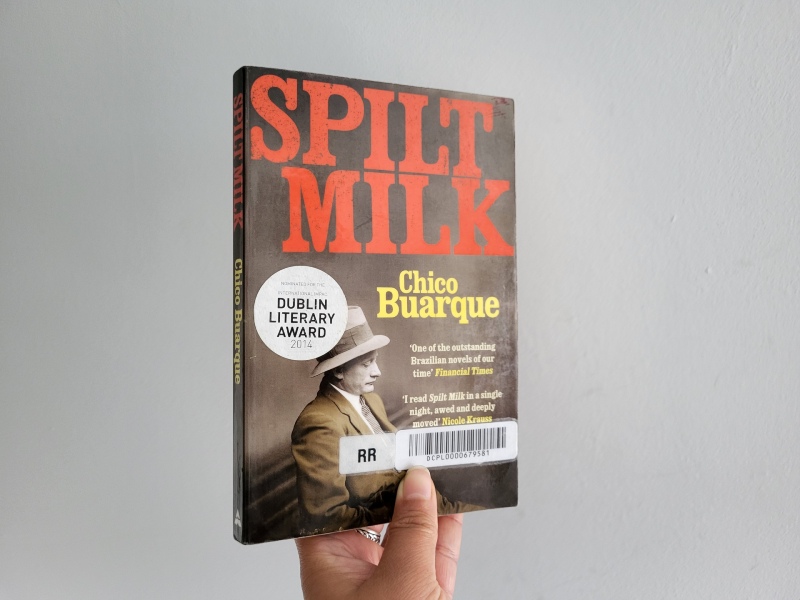4 stars
The Blurb
Phenotypes doesn’t have a descriptive blurb, so here is the poet and novelist John Keene’s review published on the back of the book cover:
“Federico, the white-passing mixed-race narrator of Paulo Scott’s stirring new novel Phenotypes, grips you from his opening words, and what stories he has to tell. Tackling the Brazilian governmental bureaucracy’s attempts to address problems with the racial quota system in its higher education, Scott quickly shows that he has penned a profound, coruscating exploration of brotherly love and conflict, marked by race, racism, colourism, family dynamics, class, culture, social inequity, politics, radicalism and more. The intricate, ironic, entrancing narration, skillfully rendered into English by Daniel Hahn, confirms Scott and one of Brazil’s finest contemporary writers.”
Overall review and recommendation
Despite being Brazilian, I am guilty of hardly reading my country’s literature. My excuse is that improving my English (and avoiding Portuguese) has been a priority since I moved to Ireland.
But, this year, I decided to add to my reading goals the task of reading at least one Brazilian author’s work. The challenge was picking a title, but the International Booker Prize gave me the answer. I was surprised and glad to find a Brazilian author on the 2022 longlist and ordered Phenotypes straight away.
My overall impression of Phenotypes is that it’s a powerful, thought-provoking novel with a lot to digest. And I mean it both ways. On the one hand, it tackles a sensitive and crucial theme: the institutionalised racism many Brazilians pretend not to exist. But, on the other hand, the book is about so many other things it’s hard to make the most of it all.
I highly recommend Phenotypes for deconstructing the myth of Brazil’s racial harmony, for exposing a “pigmentocracy” in which privilege is based on skin tone.
About the author
Paulo Scott studied and taught Law in universities. He is a social activist and participated in the re-democratisation process of Brazil between 1985 and 1988 after a 21-year military dictatorship in the country.
Paulo Scott has published five novels, one short story collection, seven poetry collections, and one graphic novel. His most recent book, Phenotypes, is loosely based on his own life. He lived in Partenon (the working-class neighbourhood mentioned in the story) and has a brother whose skin is darker than his own.
As mentioned, Phenotypes was longlisted for the International Booker Prize 2022. It was also one of the winning titles of the English PEN Award 2020.
What I loved
- Federico’s conflictive personality – the protagonist is presented as an authority in his field, and yet he doesn’t seem sure of what is best. He recognises that he has a lot to learn about racism and his own heritage. He is angry and frustrated, and it’s easy to empathise with his struggle.
- The brothers’ friendship – Paulo Scott shows us a captivating and beautiful tale of brotherhood. You will be enchanted by how Federico and Lourenço support and protect each other.
- The afterword by translator Daniel Hahn – This section is probably one of the best things in the book, with valuable insights into the cultural and linguistic challenges he faced.
- The author’s voice – Paulo Scott has a strong and mesmerizing narrative voice. You will forgive him for any shortcomings and continue to read until the end. From page one, you will notice he is a poet who writes novels.
What I disliked
- The ending is disappointing – I can’t say much without spoiling it, but let’s say it doesn’t feel like an ending. I imagine the goal might be to show that the issue hasn’t been resolved; that there is a long way to go in terms of racial inequality and prejudice in Brazil. Paulo Scott mentioned in an interview that “this is not a book of answers; this is a book of questions”. Still, the ending did feel quite abrupt.
- The confusing coming-of-age + middle-life crisis subplot – the protagonist’s romantic interests felt immature and out of place compared to other themes in the book.
What I learned
As a woman, I don’t have to enlist for conscription in Brazil. It was interesting (and shocking) to read the passages about it.
What I missed
I hoped for a deeper discussion of racism in Brazil. The large number of sub-themes diluted the main debate. In real life, like the protagonist, Paulo Scott is the “light-skinned” brother, so I was expecting more from his fresh perspective.
What to be aware of
The narrative mode of this book is stream consciousness, meaning, something similar to an interior monologue. It has no speech tags, and the paragraphs are long. It requires attention while reading it; otherwise, you might miss important things, such as changes in the timeline. This book might not be for you if you find it hard to follow stories lacking conventional punctuation and structure.
Favourite quotes
“…that sleepwalking country, the giant ex-colony of the Portuguese crown in South America, branded across the world as a place of ethnic harmony, of oh so very successful miscegenation, a place where the practice of white men raping black and indigenous women had been allowed to run wild for centuries, and, as in almost all those lands christened the New World, had been assimilated, mitigated, forgotten, a place where, in the twentieth century, nobody ever dared, let alone seriously, to propose a law forbidding a black from getting together with a white, white with indigenous, indigenous with black, a country that’s number one in the rankings of the planet’s so-called racial democracies, an emblem of a kind of friendliness that is unique, indecipherable, and which people who don’t know any better tend to generalise as being a sign of the unrivalled warmth of Brazil.”
“yes we were, we were real brothers, never mind that by the standards of those who were asking, by the standards of Porto Alegre, by the standards of that Brazil of that year nineteen seventy- three, I, with my very fair skin and straight brown hair verging on the blond, was considered white, and he, my brother, with dark skin, dark brown curly hair verging on the black, albeit with the same hooked nose, kind of wide, as mine and the same mouth with a thinner upper lip and thicker lower lip like mine, was considered black, insisting on asking my mother what race we really were, ignoring her responses about how colours and races didn’t matter, that deep in our bones we were all the same.”





